




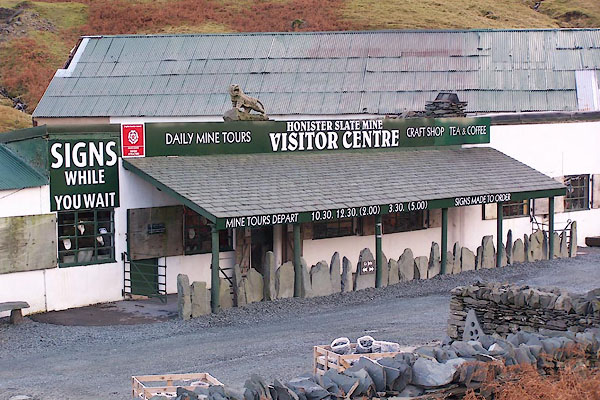
BJZ23.jpg (taken 7.11.2005)
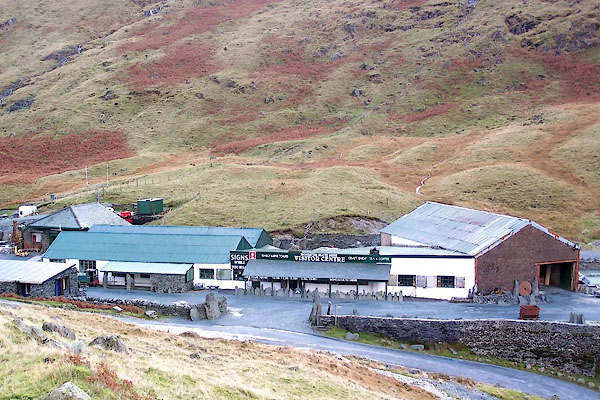
BJZ22.jpg (taken 7.11.2005)
item:- slate; roof slate
 goto source
goto source"... Honister Crag in majestic grandeur is presented to the view;"
 goto source
goto sourcePage 126:- "between which and Yew Crag, the road now sharply descends. Both these rocks are famed for producing roofing slate of the best quality; ..."
 goto source
goto sourcePage 88:- "... Honistar Crag, rises sheer out of the valley to the height of one thousand six hundred feet, on which are extensive blue-slate quarries. ..."
item:- Border Wars
 goto source
goto sourcePage 133:- "... Honister Crag frowns above; and as the traveller, already at a considerable height, looks up at the quarrymen in the slate quarries near the summit, it almost takes his breath away to see them hanging like summer spiders quivering H from the eaves of a house."
"These quarrymen are a hardy race, capable of feats of strength which are now rarely heard of elsewhere. No heavily-armed knight, who ever came here to meet the Scot (and there were such encounters on this spot in the ancient border wars) carried a greater weight, or"
 goto source
goto sourcePage 134:- "did more wonders in a day than these fine fellows. The best slate of Honister Crag is found near the top: and there, many hundred feet aloft, may be seen (by good eyes) the slate-built hovels of some of the quarrymen, while others ascend and descend many times between morning and night. Now the men come leaping down with their trucks at a speed which appears appalling to strangers. Formerly, the slate was brought down on hurdles, on men's backs: and the practice is still continued in some remote quarries, where the expense of conveyance by carts would be too great, or the roads do not admit of it. Nearly forty years ago there was a man named Joseph Clark at Honister, who made seventeen journeys, (including seventeen miles of climbing up and scrambling down,) in one day, bringing down 10,880 pounds of slate. In ascending he carried the hurdle, weighing eighty pounds; and in descending, he brought each time 640 pounds of slate. At another time he carried, in three successive journeys, 1,280 pounds each time. His greatest day's work was bringing 11,771 pounds; in how many journeys it is not remembered: but in fewer than seventeen. He lived at Stonethwaite, three miles from his place of work. His toils did not appear to injure him: and he declared that he suffered only from thirst. It was believed in his day that there was scarcely another man in the kingdom capable of sustaining such labour for a course of years."
"In some places where the slate is closely compacted, and presents endways and perpendicular surface, the quarryman sets about his work as if he were going"
 goto source
goto sourcePage 135:- "after eagle's eggs. His comrades let him down by a rope from the precipice; and he tries for a footing on some ledge, where he may drive in wedges. The difficulty of this, where much of his strength must be employed in keeping his footing, may be conceived: and a great length of time must be occupied in loosening masses large enough to bear the fall without being dashed into useless pieces. But, generally speaking, the methods are improved, and the quarries made accessible by tracks admitting of the passage of strong carts. Still, the detaching of the slate, and the loading and conducting the carts, are laborious work enough to require and train a very athletic order of men. ..."
placename:- Honister Quarries
item:- slate; tramroad; inclined plane
 goto source
goto sourcepage 135:- "..."
"It has not been definitely ascertained when the Honister Quarries were first worked, but an old document was found some time ago in Cockermouth Castle, which contains the information that in 1753 Charles Norman became tenant or lessee, as successor to Thomas Grindall, proving that they were in full operation 160 years ago. After Thomas Grindall's occupancy, the quarries were leased by Messrs. Clark and Robert Jopson, and afterwards successively by Anthony Wright, Samuel Wright and Anthony Coward. Tho (sic) last-named lessee ceased working about 1870, and there was an interval of about eight years before the present proprietors commenced operations. Prior to the advent of this Company, the whole of the slate obtained was brought down the face of the rock and screes on small sledges, or barrows, as they were called by the workmen, and for this work great strength and dexterity were required, and it was always attended with some danger. The return journey had to be made by a circuitous route, the quarryman carrying the barrow on his shoulders. On commencing operations the present proprietors at once set to work to obviate this laborious and dangerous work, and constructed improved roads, and self-acting tramways for that purpose; and quite recently they have completed an internal connection between all the upper levels and one driven into the heart of the crag only a few feet above the top of Honister Pass, and now all the produce of the Quarry is brought out at that place. A self-acting tramway was also constructed to the top of Yew Crag."
placename:- Honister Quarry
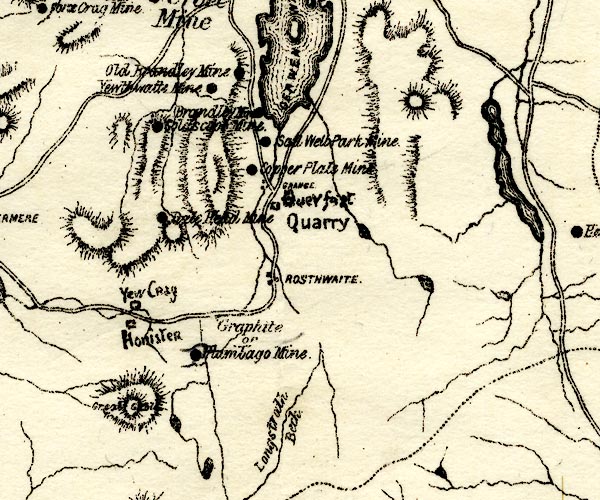
PST2NY21.jpg
"Honister"
quarry symbol
item:- JandMN : 162.2
Image © see bottom of page
placename:- Honister Quarry
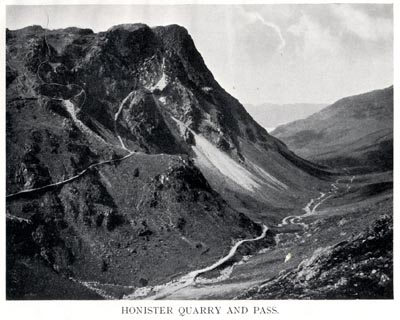 click to enlarge
click to enlargePST333.jpg
Tipped in opposite p.132 of Mines and Mining in the English Lake District, by John Postlethwaite.
printed, bottom "HONISTER QUARRY AND PASS."
item:- JandMN : 162.35
Image © see bottom of page
placename:- Honister Quarry
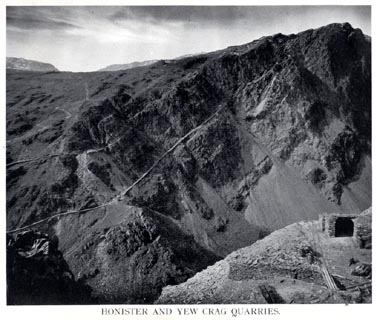 click to enlarge
click to enlargePST334.jpg
Tipped in opposite p.132 of Mines and Mining in the English Lake District, by John Postlethwaite.
printed, bottom "HONISTER AND YEW CRAG QUARRIES."
item:- JandMN : 162.36
Image © see bottom of page
placename:- Honister Quarries
item:- slate; tramroad; inclined plane
 goto source
goto sourcepage 135:- "..."
"It has not been definitely ascertained when the Honister Quarries were first worked, but an old document was found some time ago in Cockermouth Castle, which contains the information that in 1753 Charles Norman became tenant or lessee, as successor to Thomas Grindall, proving that they were in full operation 160 years ago. After Thomas Grindall's occupancy, the quarries were leased by Messrs. Clark and Robert Jopson, and afterwards successively by Anthony Wright, Samuel Wright and Anthony Coward. Tho (sic) last-named lessee ceased working about 1870, and there was an interval of about eight years before the present proprietors commenced operations. Prior to the advent of this Company, the whole of the slate obtained was brought down the face of the rock and screes on small sledges, or barrows, as they were called by the workmen, and for this work great strength and dexterity were required, and it was always attended with some danger. The return journey had to be made by a circuitous route, the quarryman carrying the barrow on his shoulders. On commencing operations the present proprietors at once set to work to obviate this laborious and dangerous work, and constructed improved roads, and self-acting tramways for that purpose; and quite recently they have completed an internal connection between all the upper levels and one driven into the heart of the crag only a few feet above the top of Honister Pass, and now all the produce of the Quarry is brought out at that place. A self-acting tramway was also constructed to the top of Yew Crag."
placename:- Honister Quarry

PST2NY21.jpg
"Honister"
quarry symbol
item:- JandMN : 162.2
Image © see bottom of page
placename:- Honister Quarry
 click to enlarge
click to enlargePST333.jpg
Tipped in opposite p.132 of Mines and Mining in the English Lake District, by John Postlethwaite.
printed, bottom "HONISTER QUARRY AND PASS."
item:- JandMN : 162.35
Image © see bottom of page
placename:- Honister Quarry
 click to enlarge
click to enlargePST334.jpg
Tipped in opposite p.132 of Mines and Mining in the English Lake District, by John Postlethwaite.
printed, bottom "HONISTER AND YEW CRAG QUARRIES."
item:- JandMN : 162.36
Image © see bottom of page
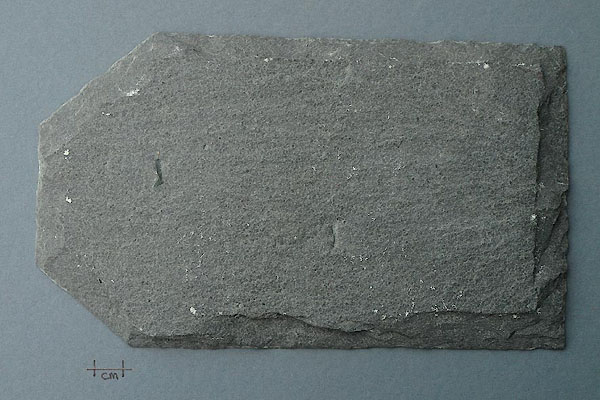
BXO40.jpg Rock, souvenir roof slate, metamorphosed from tuff? from Honister Slate Quarry, Borrowdale, Cumberland, NY22481354, 7 November 2005.
On a visitor tour you might get the chance to split a slate from a block, and come away with a souvenir like this.
Ordovician; Borrowdale Volcanic Group.
(taken 7.11.2005)
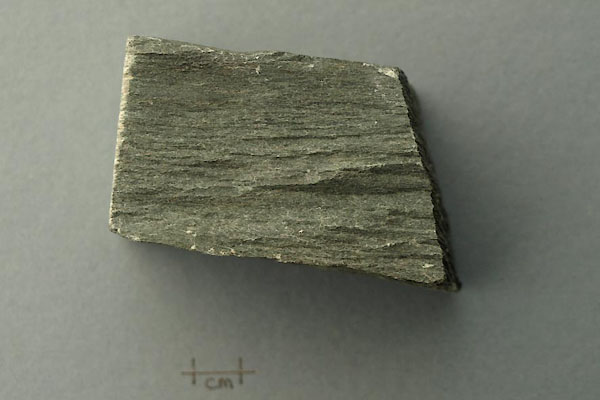
BXO39.jpg Rock, hand specimen of slate metamorphosed from tuff? from Honister Slate Quarry, Borrowdale, Cumberland, NY22481354, 7 November 2005.
Ordovician; Borrowdale Volcanic Group.
(taken 7.11.2005)
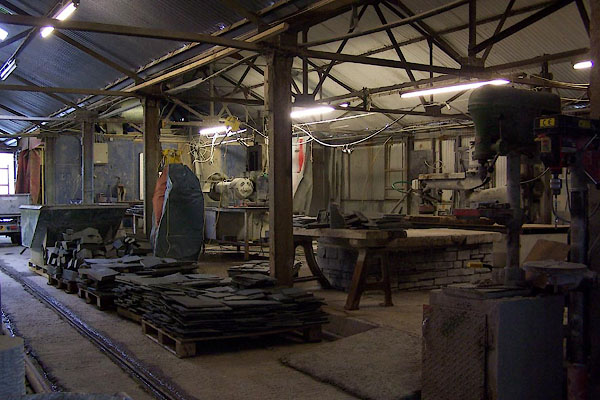
BJZ19.jpg (taken 7.11.2005)
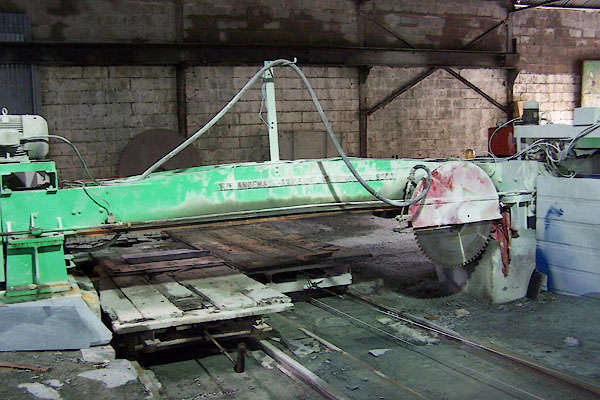
BJZ20.jpg (taken 7.11.2005)
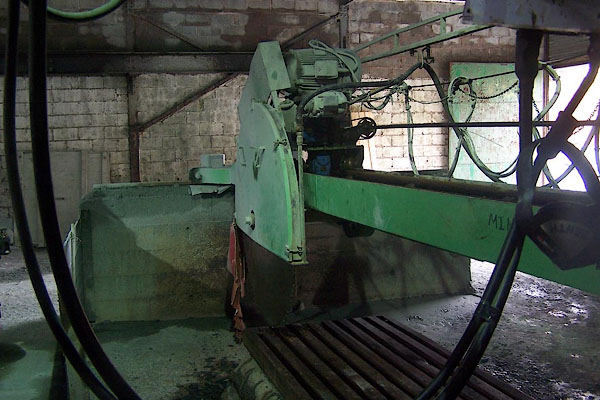
BJZ21.jpg (taken 7.11.2005)

Click to enlarge
BUM77.jpg (taken 3.5.2011)

BXS92.jpg Charging lamp batteries.
(taken 7.12.2012)
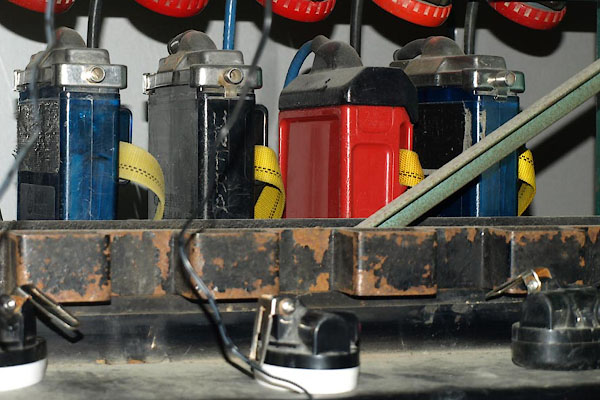
BXS93.jpg Lamp batteries.
(taken 7.12.2012)

BXS94.jpg Inclined plane.
(taken 7.12.2012)

BXS95.jpg Jacks.
(taken 7.12.2012)
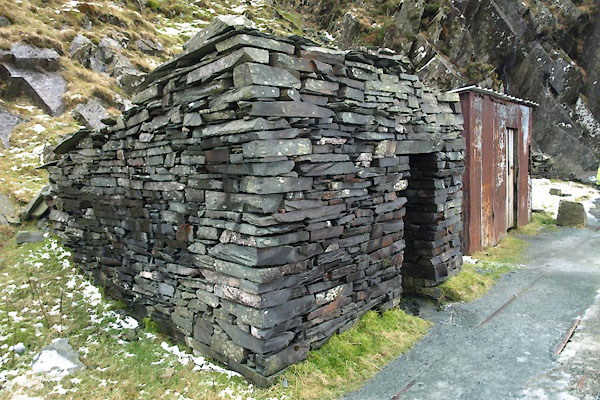
BXS96.jpg Miners' hut (reconstructed).
(taken 7.12.2012)

BXS97.jpg Miners' hut (reconstructed).
(taken 7.12.2012)
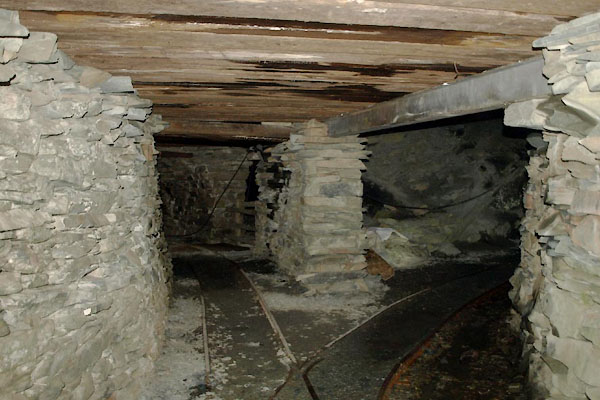
BXS98.jpg Tunnels.
(taken 7.12.2012)

BXS99.jpg Pneumatic drill
(taken 7.12.2012)
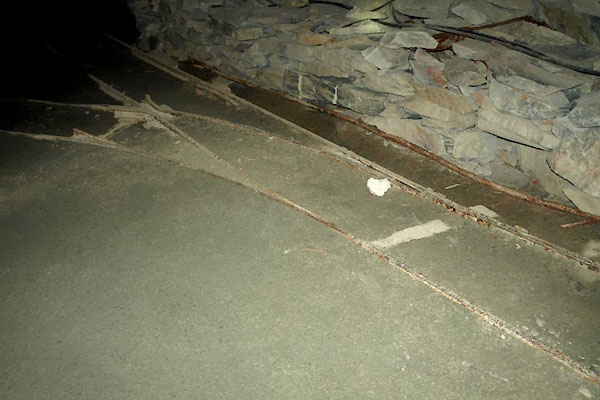
BXT01.jpg Tramroad point.
(taken 7.12.2012)
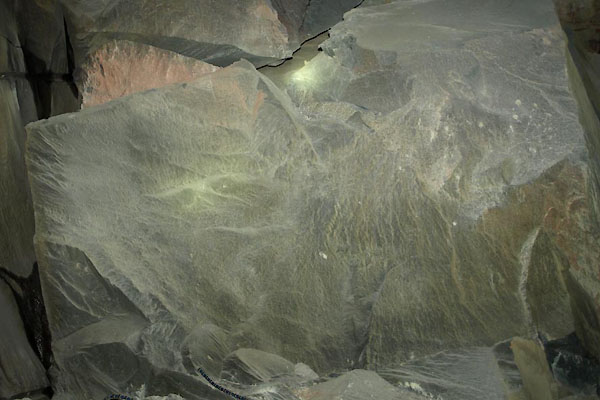
BXT02.jpg Rock.
(taken 7.12.2012)
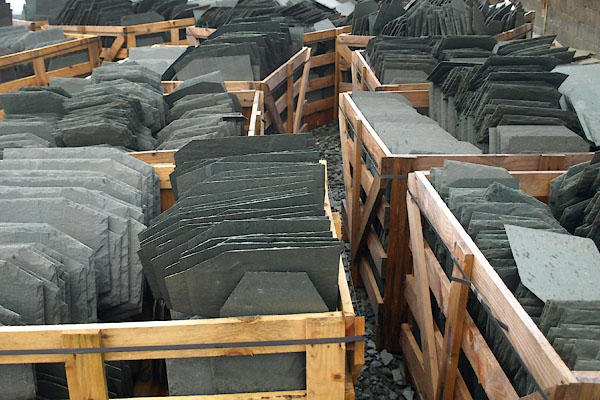
BXT03.jpg Slates.
(taken 7.12.2012)
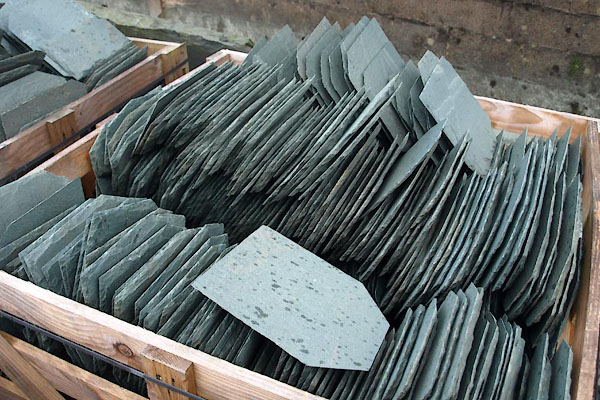
BXT04.jpg Slates.
(taken 7.12.2012)

BXS85.jpg Engraving machine; the operator is choosing number guides from the cases of fonts.
(taken 7.12.2012) courtesy Honister Slate Mine
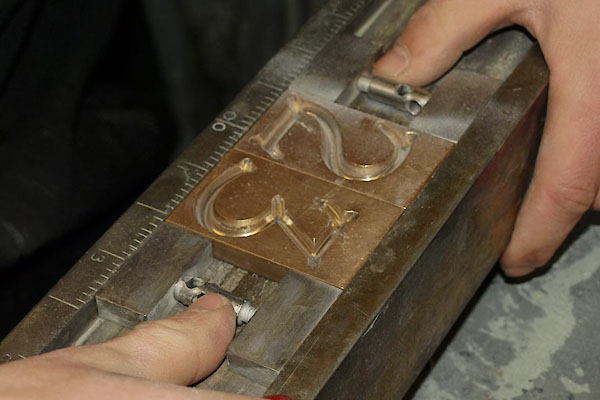
BXS86.jpg Setting the number guides.
(taken 7.12.2012) courtesy Honister Slate Mine
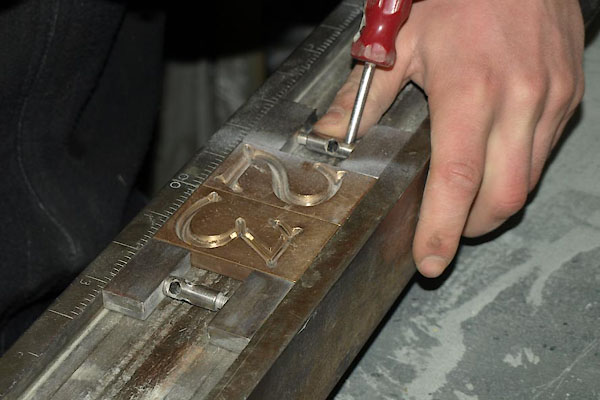
BXS87.jpg Setting the number guides, locking in place.
(taken 7.12.2012) courtesy Honister Slate Mine
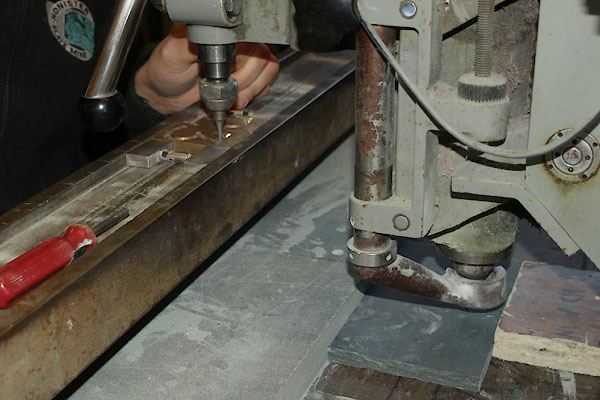
BXS88.jpg The operator tracks a follower in the guide, along each line and up each serif, the engraving head cuts the slate.
(taken 7.12.2012) courtesy Honister Slate Mine
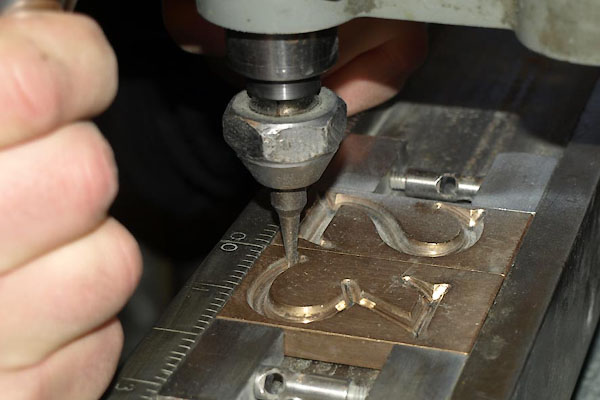
BXS89.jpg The follower in the guide.
(taken 7.12.2012) courtesy Honister Slate Mine
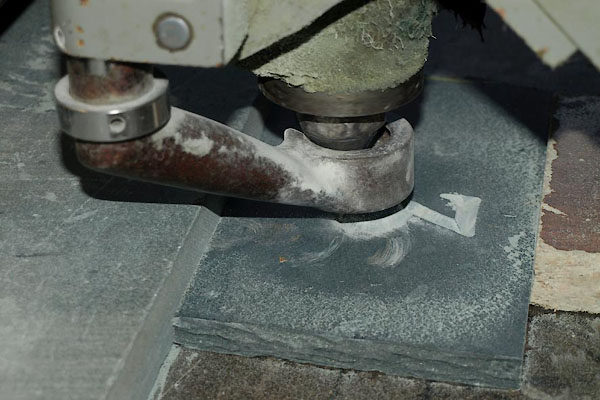
BXS90.jpg The engraving head.
(taken 7.12.2012) courtesy Honister Slate Mine
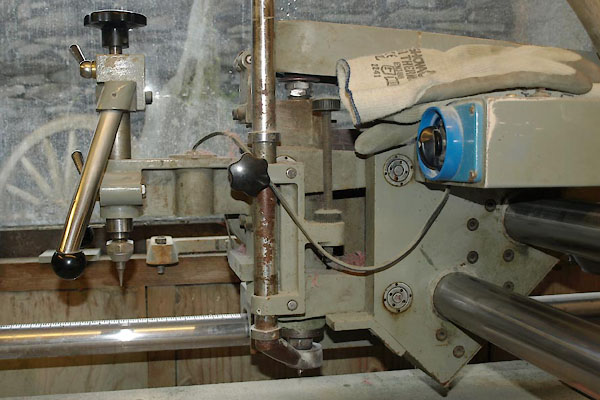
BXS91.jpg The machine.
(taken 7.12.2012) courtesy Honister Slate Mine
